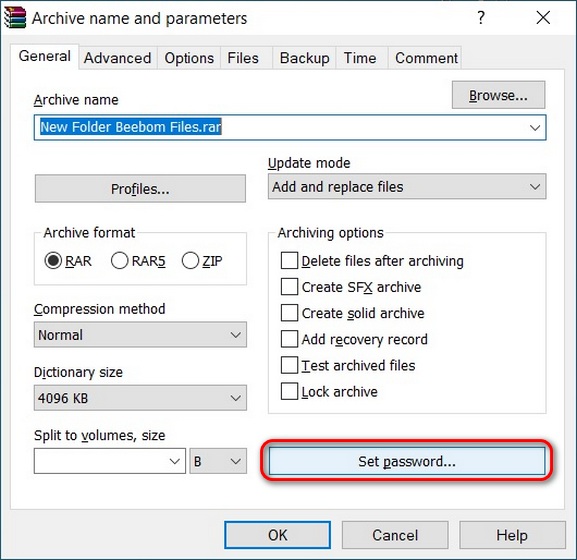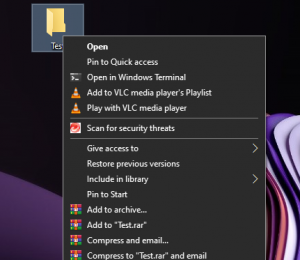

They’re encrypted with a key that’s tied down to your Windows user account.


How to Securely Store Files in Windows will take you through the steps to create a really secure folder (using free software).With the backup done, your files are now secured. In order to retrieve the Private folder, all you have to do is double click the locker.bat file and enter the password which you set in Step #4 and the folder will appear again for you to access.Īgain, this method is not truly secure.Press Y and the private folder will disappear. It will prompt you to answer whether you want to lock your folder or not. Upon exiting, double click the locker.bat file again.In the folder you created back in Step #1, double click the locker.bat file and there will now be a new folder named Private where you can put anything you want.To do this, make sure to change the Save as type: to All Files (*.*). bat format with the complete file name being locker.bat. For example if you want the password to be 123456, the line should look like: In the above code, replace the key PASSWORD_GOES_HERE with the password you want to use to unlock the folder.Open the text file you just created by double-clicking it and copy/paste in the following OFF.Open the folder, right-click on a blank area in it, then select New -> Text Document from the pop-up menu.Create a new folder and name it whatever you would like.

You may also want to consider simply password protecting a. If you want to create a truly secure and encrypted place to store files and folders that absolutely nobody will ever be able to access, see the tutorial How to Securely Store Files in Windows (which requires installing software, but it’s completely free). It will deter the average computer user enough, but an advanced user will be able to access the contents of this folder. While the steps below will guide you in creating a hidden and password protected folder, this method is not 100% secure. This tutorial will guide you through the steps required to create a password protected folder in Windows 7 – without installing any additional 3rd party software.ĩ/27/15 Update: although the screenshots will be different, the method outlined in this tutorial to create a password protected folder does work in Windows 8.


 0 kommentar(er)
0 kommentar(er)
